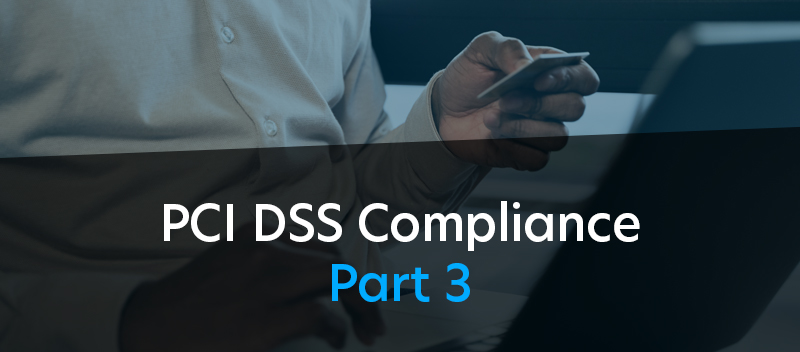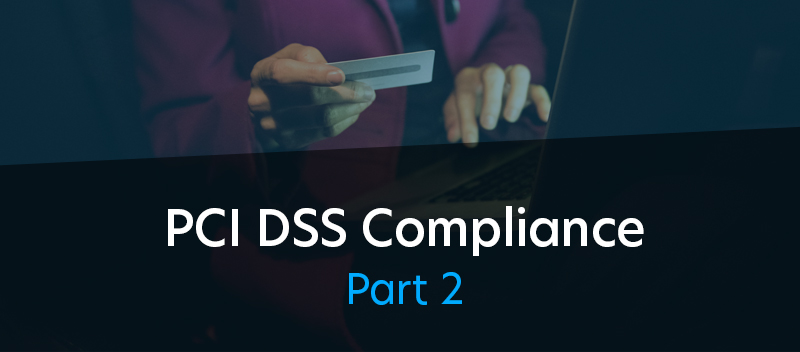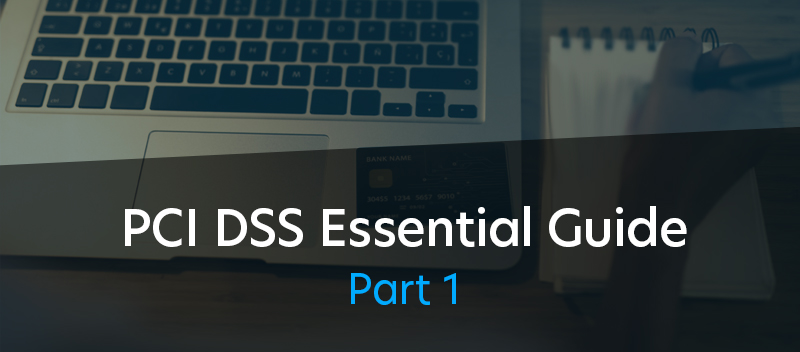Blog Breach Monitoring and Remediation Response: What Hackers Know About You
Breach Monitoring and Remediation Response: What Hackers Know About You

Breach monitoring and remediation are key processes in the protection of vital digital assets. Without them, the cumulative damage caused by data breaches would be far worse than the already staggering figures various statistics report regularly. Hundreds of data breaches occur every year, exposing trade secrets, sensitive source codes, and several hundred million user accounts to identity theft, IP infringement, ransomware, and other cybercrime. A 2023 IBM report estimates each data breach to cost around US$4.45 million.
With so much at stake and with threat actors constantly refining their techniques, the need for smarter monitoring and remediation strategies has become existential. Breach monitoring and remediation counts among the key cybersecurity solutions that directly address the alarming threat of data breach.
Understanding Cyber Risk and Breaches
Cyber risk refers to the potential consequences a cyberattack can pose to an organization. Cyberattacks can compromise the integrity, availability, and confidentiality of data, causing significant financial, operational, and reputational damage. Data breaches, a specific type of cyberattack, occur when unauthorized entities gain access to confidential data, often resulting in the exposure of sensitive customer or business information.
As the digital landscape continues to evolve, so does the risk associated with cyber threats like data breaches. This dynamic highlights the importance of robust cybersecurity measures in safeguarding organizations and their customers.
However, traditional approaches to cybersecurity are often reactive, mostly addressing cyberattacks only after they have occurred. Such approaches often lack the capability to prevent advanced threats, leaving organizations vulnerable to sophisticated intrusions. To stay ahead of advanced threats, organizations need a more proactive and adaptive approach to cybersecurity, one that anticipates and neutralizes threats before they can cause harm. This shift represents a fundamental change in how organizations view and address cybersecurity, placing greater emphasis on continuous monitoring, threat intelligence, and preemptive defense strategies.
The Breach Monitoring and Remediation Process
Breach monitoring and remediation is a process that involves continuous monitoring, analysis, and improvement of an organization’s cybersecurity posture. Using this process, an organization does not only implement security measures to prevent cyberattacks. It also regularly checks the effectiveness of those measures, identifies any gaps or weaknesses, and takes corrective actions to fix them.
This approach helps organizations stay proactive in identifying and addressing emerging cyber threats and vulnerabilities, rather than taking a reactive or passive stance. By constantly assessing and improving their security posture, organizations can reduce the risk of data breaches, minimize the impact of incidents, and enhance their resilience and reputation.
Key Components of Breach Monitoring and Remediation
Breach monitoring and remediation typically consists of six key stages: detection, analysis, containment, eradication, recovery, and prevention.
- Detection. This step involves the detection and verification of signs that indicate a potential breach. These signs include unusual network activity, unauthorized access attempts, suspicious files, and unexplained changes in system configuration.
- Analysis. This step determines the scope, impact, and root cause of the breach, as well as the threat actors and their motives. Analysis can be done using techniques such as forensic and malware analysis.
- Containment. This step isolates the affected system and stops the breach from spreading further or causing more damage. Containment can be done using various tools and techniques such as network segmentation and blocking external access.
- Eradication. This step involves the removal of any malicious code or software that was covertly installed as part of a breach.
- Recovery. This step involves restoring systems to normal operation and assessing any further damage that needs to be mitigated. Recovery can be facilitated using system backups, incident response plans, and business continuity protocols.
- Prevention. Organizations take measures such as policy change and the implementation of new or better security controls to ensure that similar incidents don’t happen in the future.
Note: A breach monitoring and remediation service can come bundled into a robust platform that provides other capabilities well beyond the foregoing components. TrustNet’s iTrust Third-Party Risk Ratings Platform, for example, integrates many practical innovations such as continuous 360° risk assessments, automated compliance tracking, real-time network vulnerability alerts, crowdsource reputation ratings, and hacker threat analysis.
Breach Remediation Responses
By having a breach remediation plan in place and following it diligently, an organization can reduce the cost and mitigate the impact of a data breach; and resume normal operations faster.
A breach remediation plan outlines the set of actions that promptly, effectively, and efficiently address a data breach. The key steps in breach remediation include:
- Working with forensics experts to identify the source, scope, and severity of the breach, as well as the data and systems affected.
- Analyzing backup or preserved data to determine what data was compromised and whether it can be recovered or restored.
- Reviewing logs and other evidence to understand how the breach occurred and whether there are any indicators of compromise or malicious activity.
- Implementing the recommended remedial measures as soon as possible, such as patching vulnerabilities, changing passwords, notifying affected parties, and reporting the breach to relevant authorities.
- Benefits of Breach Monitoring and Remediation
Breach monitoring and remediation is increasingly being adopted by more organizations due to the worsening threat environment and because of the significant advantages it provides.
The major benefits of a breach monitoring and remediation system include:
- Real-time risk awareness. Companies gain a clearer real-time understanding of their current risk exposure, allowing for informed decision-making and resource planning.
- Improved incident response. Continuous monitoring and analysis enable companies to detect and respond to threats faster and more effectively, minimizing the potential damage of data breaches.
- Enhanced compliance posture. Ongoing risk assessment and remedial actions enable companies to maintain compliance with applicable laws, regulations, and industry standards.
- Challenges and Considerations
Despite its significant advantages, breach monitoring and remediation faces several challenges. These include the cumulative cost of allocating tools, technologies, dedicated staff, and other resources to set up and run a dependable breach monitoring and remediation system. For smaller and mid-sized organizations, partnering with a trusted third-party provider can address this roadblock.
Sustained alignment with complex regulations is another challenge. For example, relevant legislation on privacy rights and data protection should not be infringed in the process of monitoring, analyzing, and fixing security incidents. Again, having experienced consultants (especially certified information privacy professionals and duly accredited IT auditors) can help mitigate the risk of regulatory violations.
Finally, a complete buy-in among leadership and staff will likely encounter some resistance because of the fundamental changes the solution requires to be operational. Communicating the purpose and advantages of the proposed solution as well as regular people training can facilitate acceptance and help shift organizational culture towards security awareness and vigilance.
Conclusion
Data has been called the new gold and the prime currency of the future. Regardless of how it is described, data will be mined, ransomed, corrupted, wiped out, exfiltrated, or stolen by malicious hackers as long as doing so remains profitable.
Cyber criminals can do all that primarily through data breaches.
A system that proactively detects and remediates threats should serve as the first line of defense against data breaches. Breach monitoring allows for the early detection of unusual activity that could indicate a security compromise. Remediation response facilitates the prompt containment and eradication of active threats, and the reinforcement of security measures that prevent similar attacks in the future.
This combination enables companies to better protect sensitive data, uphold regulatory compliance, and ensure business continuity even in a threat environment where malicious actors continually refine their tools and tactics.
Bottom line: It is better to outsmart criminal hackers before they get to know more about you and your customers.




